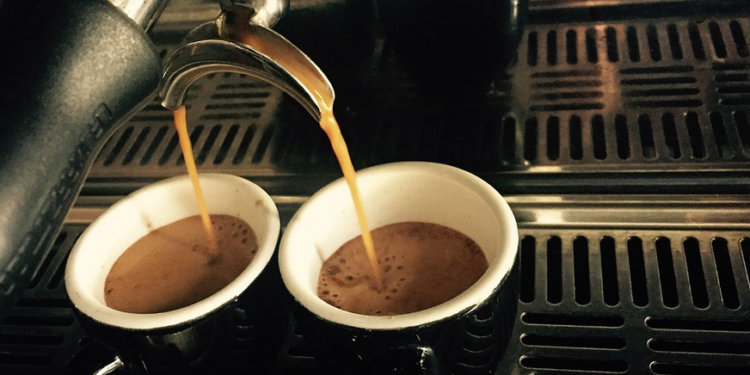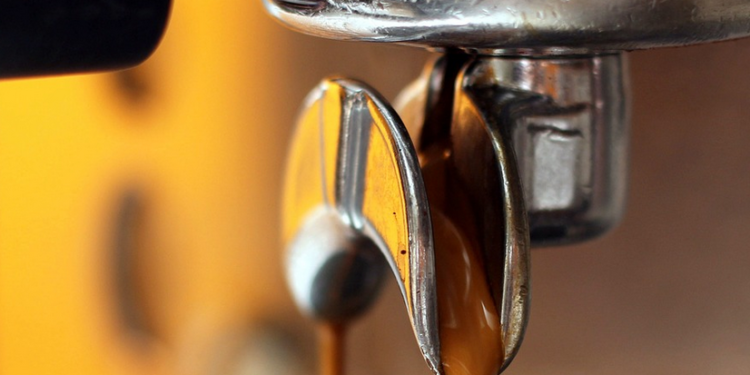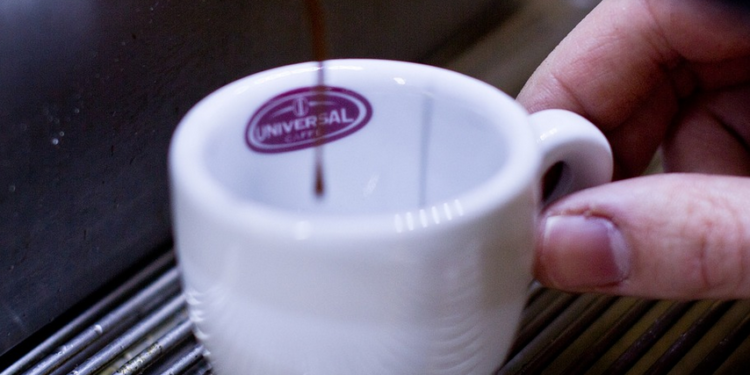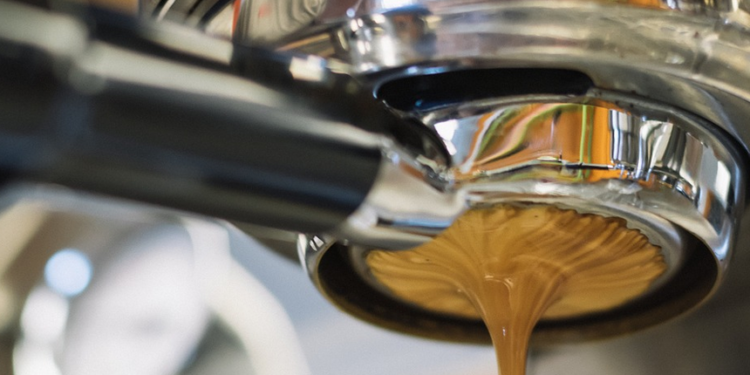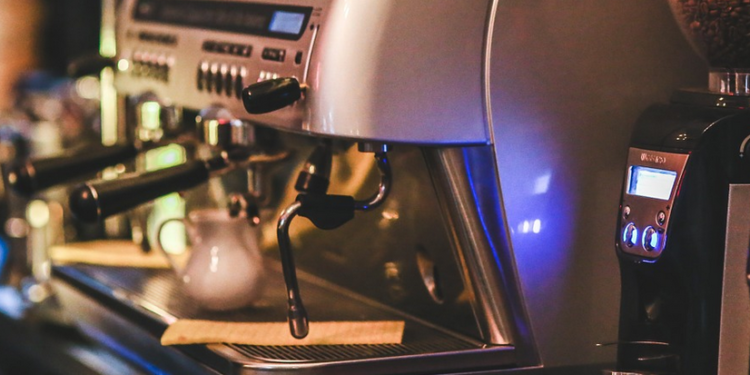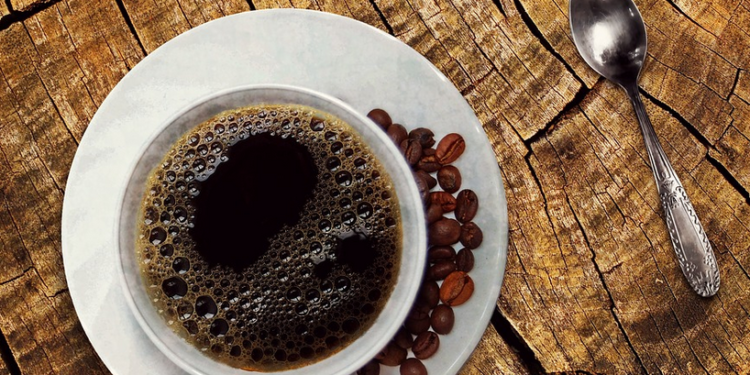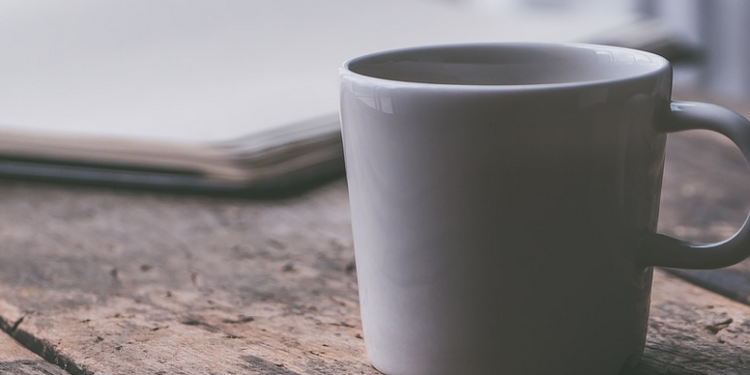Some of the best beverages in the world are made using the humble coffee bean. I know that coffee, in all guises, sure makes my life better! Understanding the difference between espresso and coffee or the difference between coffee and cappuccino can feel tricky at first.
I know the first time I walked into a coffee shop by myself, and I was a little overwhelmed. Since I didn’t know the difference between latte and cappuccino, let alone the difference between mocha and latte! But I was able to learn, eventually. I’m going to put everything into this guide that I had to ask so you don’t have to suffer that embarrassment.
Coffee 101
- All coffee made of ground coffee, roasted beans.
- Green beans are soft, spongy things with a grass-like smell. They can be stored before roasting for a very long time.
- Coffee strains from different parts of the world taste differently, even if they are roasted the same!
- As coffee beans are roasted, they turn darker and expand.
- It is using a cup of a drip-coffee maker or a French press when preparing a coffee.
A Quick Word on Coffee Roasts and Preparation
Just knowing the basics of roasting are enough to start opening up the world of coffee. In general, espresso is made with low acidity, medium or dark roasted beans. Coffee can be made with any roast of beans. I prefer a dark roast for all my coffee drinks, but don’t be afraid to experiment!
A light roast is heated for the least amount of time.
The beans only expand and slightly crack. These beans give coffee a toasted grain flavor with high acidity. Light roasts also have the most caffeine.
A medium roasted bean has a richer, darker color with a slightly oily surface.
They have a heavier body with much more flavor and also aroma. Some beans may even be slightly spicy at this roast level.
Their smoky, rich taste and lower amount of caffeine make them perfect for use in espresso.
Dark roasts are dark brown to black, with a shiny, oily surface. These beans have complex flavors from the roasting process and the beans themselves.
Many people enjoy a lighter, more caffeinated roast earlier in the day. A darker, more flavorful, but less caffeinated dark roast makes a great evening drink. Now that we all understand the basics of coffee and its preparation, we can begin to fully understand the different preparations of regular coffee and espresso.
What is the Difference Between Coffee and Espresso?
Most of us familiar with drip-brewed coffee. This is more accurately known as pour-over brewed coffee. Coarsely ground grinds are used in some kind of filter, generally paper or a reusable mesh made of plastic or metal. Hot water is poured over the grounds and water is allowed to drip through them into a container.
Pour-over coffee provides a brighter flavor profile. It is well suited to light and medium roasts or beans known for having a fruity or floral flavor profile. It is easy to make at home with only very basic equipment.
Espresso is very different! Espresso, Made using an extraction method. You’ll also need a specialized machine to prepare it. Hot water or steam force through tightly packed, fine grounds at very high pressure.
Search your Espresso Machine by price:
|
The liquid that comes out is slightly thickened, with rich flavor. Gas from the brewing process released and coated with oils from fresh beans, forming the crema.
Espresso must make with very finely ground roasted beans. It is almost always made with a dark or continental-style roast. Most espresso makes with a blend of beans to provide the best flavor profile.
An espresso can brew in under a minute, unlike drip coffee, which takes several minutes to make. Each step in the espresso brewing process can carefully control, to alter the flavor profile. There is less caffeine in espresso, due to the dark roast and faster brewing method.
Espresso, not a drip-coffee is used to make drinks like cappuccino, lattes or mocha.
It’s really about how the drink prepared! Now you can see a huge difference between a coffee and a cappuccino.
About Espresso
We know the difference between espresso andcoffee now. But how straight espresso served? A strongly flavored, bitter drink that served in small portions. A two-ounce cup is traditional. Many aficionados will ask for a cube of pure sugar on the side. The sugar dissolved in the drink before the espresso shot taken.
My Guide:
About Cappuccino
Cappuccino made with espresso and foamed milk on the top. Your barista will foam the milk while the espresso shot will being brew, then the foamed milk will layer onto the espresso. You can order a double or single shot of espresso to use in this drink.
Many people like to add a little more flavor to this drink. A sprinkling of cinnamon over the foam is a favorite of many cappuccino aficionados. Others like a little sweetener or fruity flavors.
Even though there is quite a lot of difference between coffee and cappuccino, most people who drink cappuccinos are also pour-over coffee fans. It considered by many to become a very approachable coffee-house beverage because it can make in so many ways.
About Lattes
In Italy, a latte, traditionally a morning drink. Americans and others will enjoy them any time of the day, though. It will prepare with milk and also espresso. First, you steam milk to perfection. Then you pour a small amount of espresso into the milk. It has a rich and mild flavor well suited to slow morning sipping.
The main difference between latte and cappuccino is the lack of a foamy consistency in a latte. A cappuccino also has more espresso blended into it. Cappuccinos are another Italian morning only drink, just a slightly stronger one!
About Mochas
A mocha a very similar to a latte. It’s a steamed milk drink that has quite a lot of chocolate syrup added. The sweetness of the chocolate must balance with the bitterness of the espresso. If you get the mix wrong, the drink can become overly sweet.
The main difference between mocha and latte is the chocolate syrup.
A traditional latte did not make with anything sweeter than steamed milk. It’s more of a dessert beverage, and also goes nicely with a whipped cream topping with a candied cherry.
About Americanos
During World War II many American soldiers in Europe asked for their espressos to water down to something more like the drip-brewed coffee they missed from home. This became known as an Americano.
Made by either adding water to regularly brewed espresso or by flushing extra water through the coffee puck during brewing. The end result, A drink with all the flavor of an espresso, but at a reduced strength.
Other Things to Know
There are a few other terms to know. A wet cappuccino made with extra steamed milk and less foam. Dry one made with no steamed milk, just a lot of foam. A skinny drink made with skim milk instead of traditional full-fat milk.
What is Frappes
A frappe is a cold coffee beverage. It’s originally of Greek origin. Otherwise very similar to a cappuccino. Strongly brewed coffee or espresso, foamed milk and also steamed milk blended, then poured over crushed or shaved ice.
Frappes can also make with ice cream instead of steamed milk. The most common flavors: chocolate and also vanilla, but others can used. A barista will blend espresso into soft serve ice cream before adding other flavors or ingredients.
Fruity or sweet flavors sometimes added for a refreshing afternoon beverage. Fruity flavors also sometimes used. Many people like a sweet topping of whipped cream and also a cherry.
Frappes generally made with a much stronger brew of coffee than normal or doubled shots of espresso.
It because the brew will dilute as the ice melts. As a result, it is not a low-caffeine drink.
Cheat Sheet of Popular Espresso-Based Drinks
This really a milk beverage with a little coffee. Made with 1/6th espresso, 4/6th steamed milk and also 1/6th foamed milk.
Basically, a latte without a dry milk top, Made with 1/3rd espresso and also 2/3rd frothed milk.
Possibly one of the most popular drinks ever made! Made with 1/3rd espresso, 1/3rd steamed milk and 1/3rd foamed milk.
It’s cappuccino with a sweet twist, made with 1/3rd espresso, 1/3rd steamed milk and 1/3rd frothed milk. They add one tablespoon of chocolate syrup.
A chocolate coffee drink made with 2/5th espresso, 2/5th chocolate syrup and 1/5th steamed milk.
This is 1/8th espresso, 5/8th steamed milk, 1/8th foamed milk and 1/8th chocolate syrup.
Now you prepared to order bravely. These drinks are the basis for nearly every other coffee shop beverage that one can imagine. You can choose to have yours made traditionally, with soy milk or with an interesting new flavor of syrup. You now know to get that great cup of coffee, cappuccino or any other coffee drink you might desire.

